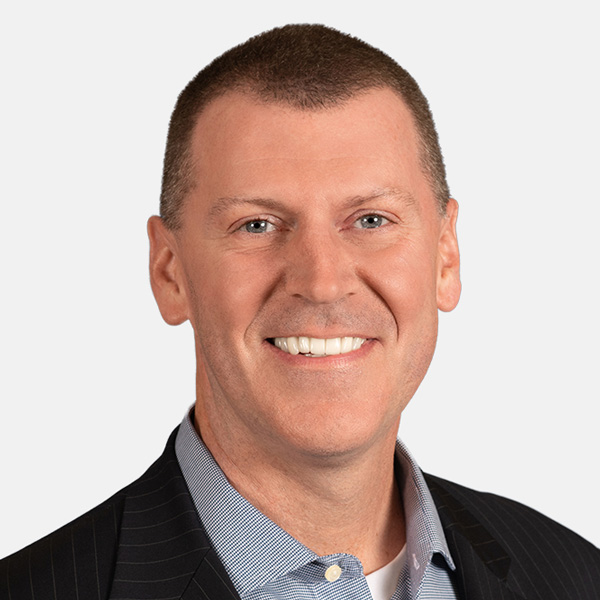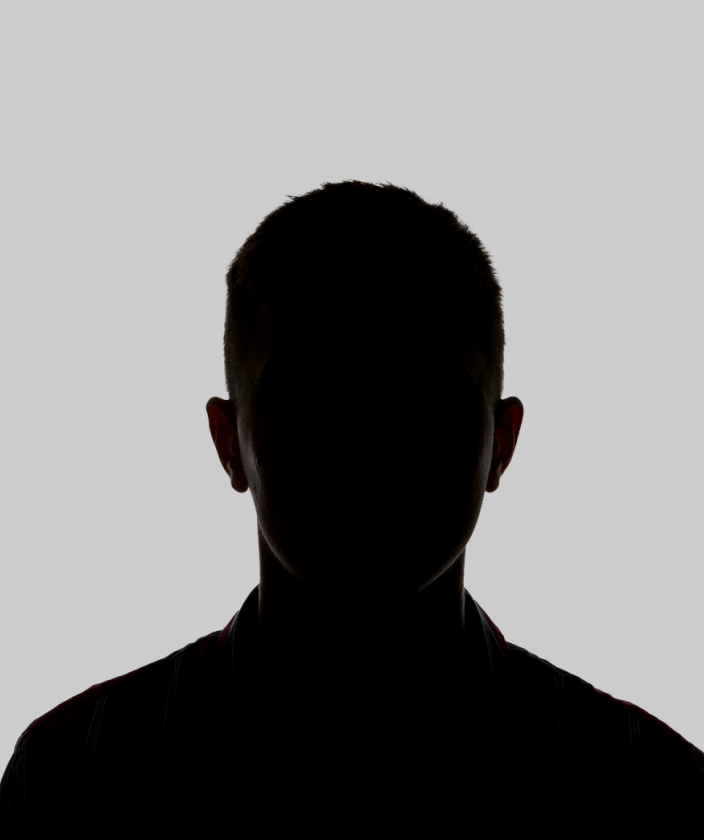Like most Americans, I took my next steps forward for granted early on the morning of 9/11. None of us knew how much our lives would change before the day was over. I arrived at work right around 7:00 a.m., and grabbed my regular order of iced hazelnut coffee and a bagel with cream cheese from the vendor outside of our office building at 111 Broadway. There was nothing out of the ordinary on the day’s agenda. I was running floor trading for Goldman Sachs, and managed a team of several people on each of three major exchanges. That included two traders and a clerk at the New York Board of Trade, located at Four World Trade Center.
Our morning meetings occurred early enough to have each trading team ready on their respective floors by around 8:30. Most of any day’s trading happened in the first and last 90 minutes of the trading day. At the tail end of the day, we focused on preparing for overnight risk. On the morning of 9/11, I was in a follow-up meeting that went past 8:46 a.m.
With our office window overlooking historic Trinity Church, our view peered down the stretch of the city known as the “Canyon of Heroes”—the historic ticker tape parade route for astronauts, presidents, and (most importantly) my beloved Yankees. During our meeting, we heard a bang that sounded like a New York City garbage truck hitting a pothole. Steve Rosen, a Goldman colleague, noticed what looked like confetti falling, and said out loud, “I didn’t know we were having a ticker tape today.”
It wasn’t confetti. Instead, embers were falling. We turned our attention to the news that played in the background. Early reports said a small plane had just struck the north tower, One World Trade Center.
The impact of the second plane at 9:03 a.m., followed by an explosion, was unmistakable. A few seconds after hearing and feeling it, we witnessed it nearly live on cable news along with the rest of America. I called our team at the New York Board of Trade, located in Four World Trade Center, and told them to leave. Fortunately, they already had. A number of experienced traders from other firms worked at the same location, and some of them had been there during the ‘93 bombing at One World Trade Center. They had advised everyone to leave immediately, sensing that something was desperately wrong.
Escaping the Devastation
Our building at 111 Broadway shut down the elevators in a state of emergency. Four of us found a fire escape, and made our way down a narrow spiral staircase from the 19th floor. We took turns helping each other. One person in our group had recently undergone knee surgery, and was able to catch one of the last cabs out of the area.
I hustled toward the American Stock Exchange, went about one block out of the way, then headed to the corner of Cedar and Church streets. The Twin Towers were immediately visible. I saw gaping holes in both of them, and watched members of Ladder Company 10, some of the first on the scene, make their way into the area.
Glancing up, I caught sight of something that is burned forever in my mind’s eye: a woman in a yellow and pink dress falling from one of the buildings. Whenever I have nightmares of that day, this singular memory haunts me. As she fell, she held her dress down in one final act of dignity.
The American Stock Exchange was letting credentialed people in, but not letting anyone out. I entered and began searching for my team of 14 people inside. Like everyone else in the building, they were trying desperately to push out the glass. In that frantic, chaotic scene, I jumped on as many phone calls as I could. My boss in Chicago and I tried to map out a scenario in which the markets would actually open. What would we do? Soon, we were talking about trying to get out of the building.
That’s when the news of a plane hitting the Pentagon began to cycle through the crowd. In that moment, the reality and urgency of being under attack finally hit me. I tried to call my mother to let her know I was okay, but went straight to her answering machine. I tried to call my wife, Christine, but couldn’t reach her either. Minutes later, cell service crashed throughout much of Manhattan. I paced, directed people, and looked for a way out of the building.
Odd things happen in moments of such disarray. With adrenaline flooding my system, my focus narrowed into a tunnel—and yet, in the midst of the pandemonium, I spotted my old best friend from kindergarten, John LeMark, a trader for another firm. There we were, spending a few strange minutes together at what seemed like the end of the world.
That’s when the earthquake happened. That’s what it felt like from the floor of the Exchange when the first tower fell. It was 9:59 a.m. AMEX was still not allowing people to leave, but it was clear that their mandate was ill-advised. Four of us—John, Jim Ryan, Evan Thomas, and myself, all from rival firms — found a back fire escape that the building’s security wasn’t covering. It was at street level on Greenwich, and the World Trade Center was half a block to the north. We took the opportunity to leave, pushed our way out, made a left turn—away from the wreckage—and began walking.
The thick white and gray ash was stifling. I could only see about six feet in front of me. It choked our lungs, burned our eyes, and compounded the confusion that was happening all around us.
By now, there was no cell coverage anywhere, and no way of getting news. Overhead we heard what sounded like fighter jets. Were they ours? We had no way of seeing or knowing what was happening, or what would happen next. My escape plan began to map itself out in my head: turn left, go straight until we reached the Staten Island Ferry terminal, then turn left again to hug the FDR. If those jets belonged to some other nation or entity, we could at least jump into the East River and take cover.
The Humanity Amidst the Horror
As soon as we started walking, we saw more and more heroes rushing into the chaos. New York City Police, New York City Fire, EMS, Metro Transit Authority. They all just kept coming and coming. These too became impressions that remain burned into my mind forever. They also point the way to a debt I don’t believe I will ever be able to repay. Less than a half hour into our walk, we felt another tremor. The second tower collapsed in the smoke. It was 10:28 a.m.
We walked along the river among an ever-growing mass of people, each of us struggling in our own way to put one foot in front of the other. We could have turned on each other, and let our panic get the best of us. That never happened. We were all New Yorkers, all Americans. Mutual aid, compassion, and care became the norm without any of us thinking otherwise. Strangers helped each other, held hands, pitched in to lighten loads. In the face of the worst possible terror, the best of humanity rose to the top of our experience.
When we reached Fulton Fish Market, workers handed out wet paper towels so we could clean soot from our eyes. People searched for their friends, coworkers, and family members they were worried about. Jim Ryan was the first of our group to reach his apartment in Stuyvesant. He wrote down phone numbers and promised to call our spouses from his landline so they knew we were safe. By the time we reached NYU Hospital, we were out of the cloud. Whatever wind blew that day went north to south, which helped to clear some of the smoke. Only a few hours after the first plane struck, people were already pinning pictures of the missing to fences and walls.
When I made it home, it was early afternoon. My emotional state wavered between happy and numb, grateful and grave. Just hugging Christine, who’d gotten home before me, filled me with something beyond joy.
Dwelling on My Shoes
“A great people has been moved to defend a great nation. Terrorist attacks can shake the foundations of our biggest buildings, but they cannot touch the foundation of America. These acts shatter steel, but they cannot dent the steel of American resolve. America was targeted for attack because we’re the brightest beacon for freedom and opportunity in the world. And no one will keep that light from shining. Today, our nation saw evil—the very worst of human nature—and we responded with the best of America. With the daring of our rescue workers, with the caring for strangers and neighbors who came to give blood and help in any way they could.”
— President George W. Bush, from his Oval Office address, the evening of September 11, 2001.
President Bush’s words filled my ears and continued to echo around our apartment long after his speech was over. I had witnessed the substance—both good and evil—of which he spoke.
It was hard to sit still that evening and all through the night. I knew I needed to rest, get out of my clothes, find a way to start to unwind.
That’s the moment I finally started to focus on a single image: my shoes. When I forced myself to sit down and take them off, it struck me. The dust and ash that covered them wasn’t just rubble from buildings. Within that dust and ash were the remains of men, women, and children who had been murdered indiscriminately. They’d taken their last steps on earth earlier in the day without knowing those steps would be their last.
When I woke up on September 12, 2001, my shoes were right where I left them, still covered in the history I’d walked through the day before. On September 13th, they still hadn’t moved. Days and days, weeks and weeks, finally more than 20 years later, I have not cleaned those shoes. I never will. I look at them every day and remember the people who died on 9/11, as well as those who have given their lives in defense of our country since. I do it to remind myself that the steps I take are for them.
Going back to that evening, and in the first few days that followed, I felt the beginning of an urge to move forward for others. I didn’t know what those steps would look like, or how I would take them, but I knew that my calling in life was about to shift. I would eventually find a way to help others take their next steps forward. That simple realization changed my life. In some ways, it saved my life.


